plaster discoloration and cracking
keithintx
13 years ago
Featured Answer
Comments (13)
keithintx
13 years agolast modified: 9 years agoterriolsen
13 years agolast modified: 9 years agoRelated Professionals
Denton Swimming Pool Builders · Lisle Swimming Pool Builders · Garden City Landscape Architects & Landscape Designers · Severn Landscape Architects & Landscape Designers · Wakefield Landscape Contractors · Athens Landscape Contractors · Broomfield Landscape Contractors · Canton Landscape Contractors · Galveston Landscape Contractors · Lake Worth Landscape Contractors · Natick Landscape Contractors · New Baltimore Landscape Contractors · New Providence Landscape Contractors · North Ridgeville Landscape Contractors · Hueytown Landscape Contractorsazbabs
13 years agolast modified: 9 years agobruce_poolguy
13 years agolast modified: 9 years agopoolguynj
13 years agolast modified: 9 years agokeithintx
13 years agolast modified: 9 years agokeithintx
13 years agolast modified: 9 years agodiypoolpro
13 years agolast modified: 9 years agoMtnEd
12 years agolast modified: 9 years agoncrealestateguy
12 years agolast modified: 9 years agoRobert Kloepfer
4 years agoCarrye Chen
3 years agolast modified: 3 years ago
Related Stories
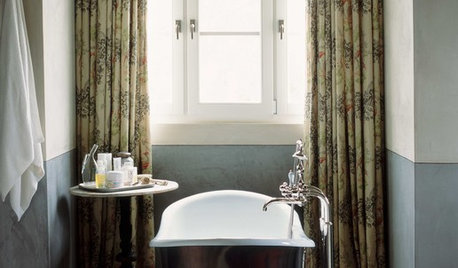
WALL TREATMENTSSurface Smarts: Venetian Plaster
Centuries-old Venetian plaster has made a roaring comeback in modern interiors. Could this old-world wall favorite work in your home?
Full Story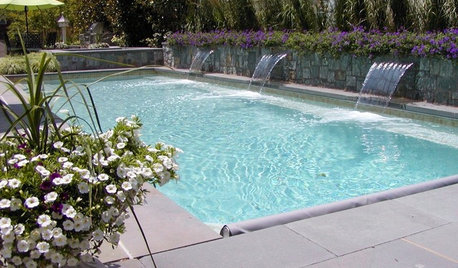
POOLSPlaster Tops Popularity List for Pool Finishes
Classic white or dyed to suit a mood, plaster is the most common and affordable finish for pools today
Full Story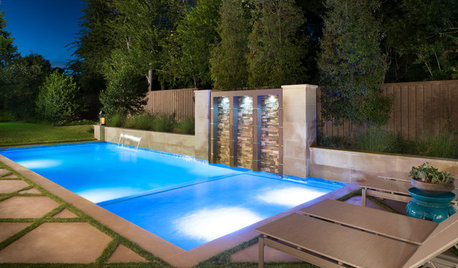
GREAT HOME PROJECTSHow to Replaster (or Remodel) Your Pool
Have an old pool? It could be time to update the plaster, landscaping and more for a pool that works swimmingly with your current style
Full Story
REMODELING GUIDES9 Hard Questions to Ask When Shopping for Stone
Learn all about stone sizes, cracks, color issues and more so problems don't chip away at your design happiness later
Full Story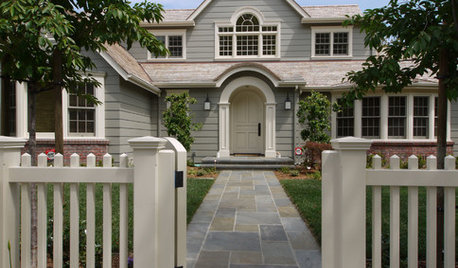
HOUSEKEEPINGOutdoor Home Prep to Do Before Hard Winter Hits
Avoid cracking, rusting and rotting during freezes by taking care of these tasks now
Full Story
TASTEMAKERSCatch the Intrepid Design Spirit, Courtesy of Brian J. McCarthy
Crack open the designer's new book and discover how to create interiors that 'crackle with excitement'
Full Story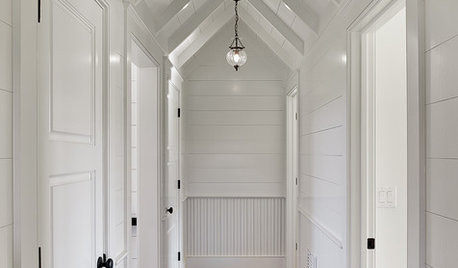
REMODELING GUIDESTongue and Groove Wall Paneling Joins the Comeback Club
Try this smooth architectural move to give your walls a streamlined appearance that conveys quality
Full Story
HOUZZ TOURSMy Houzz: Relaxed Glamour in a Downtown Row House
See how this Maryland couple put their own creative stamp on their 1890 home
Full Story
REMODELING GUIDESRenovation Detail: Tongue and Groove Ceilings
As camouflage for damaged surfaces or simply for their rich texture and beauty, tongue and groove ceilings create high impact
Full Story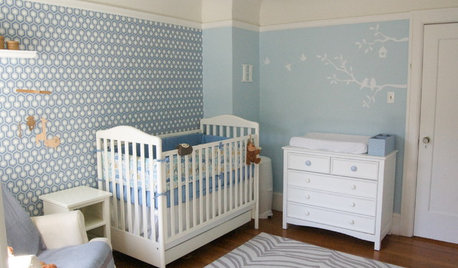
DESIGN DICTIONARYPicture Rail
This trim little design element can be used to do the heavy lifting of supporting artwork or simply be decorative
Full Story





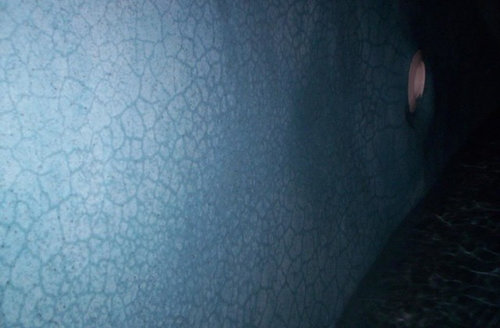

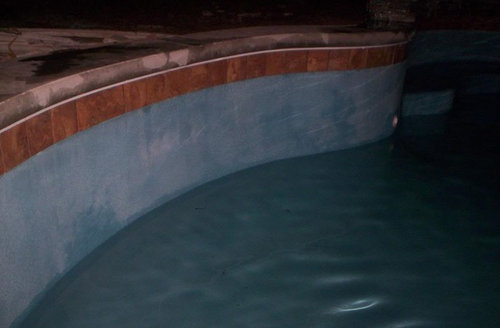
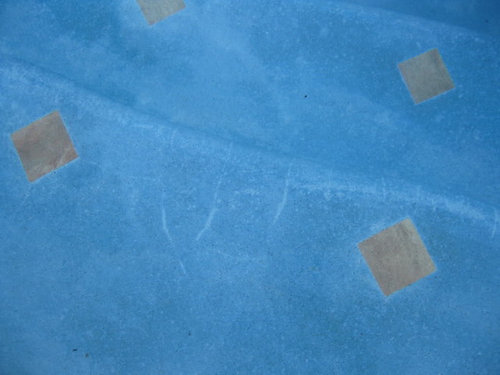
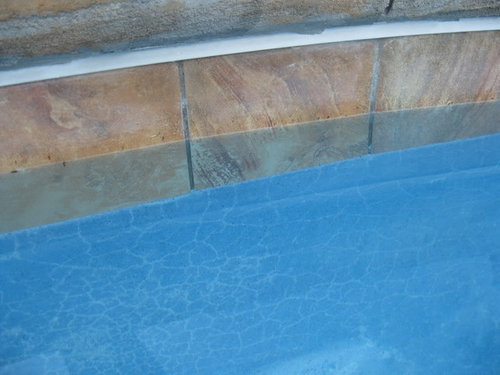
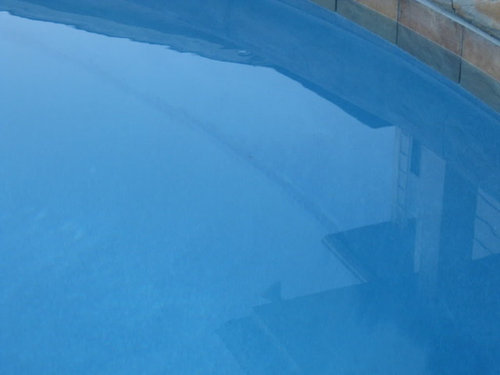
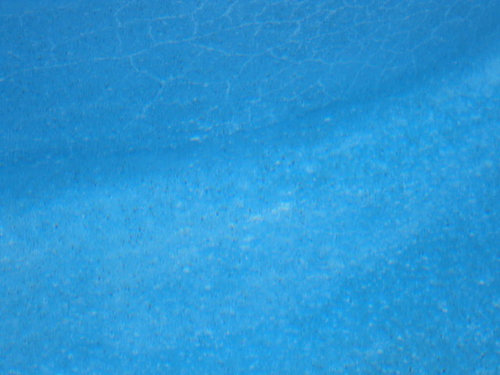
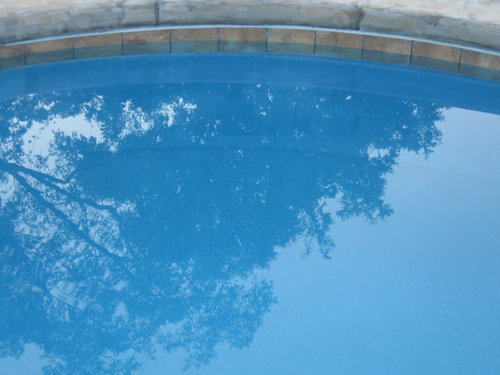

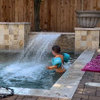
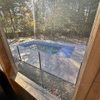

dapooltec